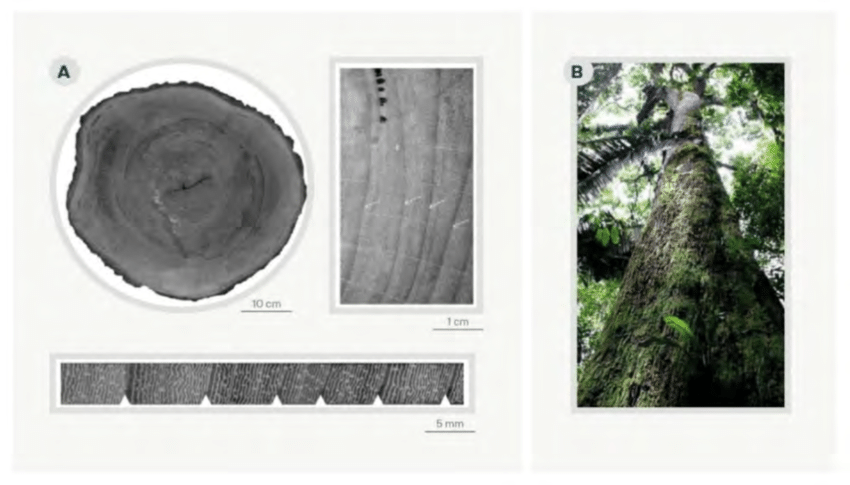Abstract and Figures
Amazonian lowland tropical rainforests cover ~5.79 million km2. Based on geology, the Amazon lowland forest area can be divided into six regions. The Guiana Shield and Brazilian Shield (in the southern Ama- zon) are on very old, nutrient-poor soils, while the Western Amazonian regions (northern and southern) and the regions along the Amazon River are mainly built from more recent sediments of Andean origin and of variable nutrient richness. The six regions are characterized by differences in soil fertility and rain- fall, causing differences in above-ground biomass, productivity, and tree turnover.
There is still intense debate concerning the total plant species richness of the the Amazon. A well-supported estimate for trees (diameter >10 cm) is 16,000 species, ~11,000 of which have been collected and described. Estimates of the total flora range from 15,000 to 55,000 species. As in much of the tropics, Fabaceae (the bean family) are the most species-rich of the major woody groups in the Amazon. South America and the Amazon are also renowned for the abundance and diversity of palms. While most ecosystem vegetation models emphasize climate and carbon production processes, these are not sufficient to understand how Amazonian forest ecosystems vary spatially. In particular, long-term observations with plots show that spatial variation in Amazonian forest biomass and stem dynamics are driven more by soil conditions than climate, while car- bon stocks are constrained as much by soil physical features and tree floristic composition as by produc- tivity. The key effects of soil on the Amazon’s ecosystem function also extend to animals and their im- portant functions, including herbivory, seed dispersal, and insect activity. Soil and geology influence Am- azonian rivers too, which are distinguished as being either white-water (carrying sediments from the An- des), clear-water (draining the ancient Shields), or black-water (draining white sand areas). The nutrients associated with each major river class strongly determine the floodplain forest ecology and species, with igapó in sediment-poor clear and black-waters, and várzea (known as tahuampa in Peru) with white, sedi- ment-rich waters. Climate impacts become stronger towards the margins, and some Amazon forests are already close to the thermal and hydrological limits of sustaining productive forest ecosystems. Amazo- nian tree mortality rates are already increasing in many intact forests, Amazonian forest composition has been affected by recent droughts, and the mortality of wet-affiliated Amazonian tree genera has increased in places where the dry season has intensified. Key areas of uncertainty include understanding the extent to which recent climate change has caused a slowing of the carbon sink in intact Amazonian forests, and whether intact forests will now lose carbon, or whether the shallow water tables and rich biodiversity of many Amazonian forests will buffer against climate change, especially in the western part of the basin.
